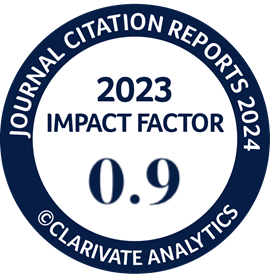The Study of Image Quality Effect on Model Performance for Bacteria Classification
DOI:
https://doi.org/10.4186/ej.2025.29.1.11Keywords:
bacteria classification, deep learning, image quality, convolutional neural network (CNN)Abstract
One of the key requirements for supervised learning in deep learning model construction is the dataset for training and validation. For gathering the dataset, obtaining various image qualities from different resources is unavoidable, and this has been considered to affect the supervised model performance. This research proposes to demonstrate the effect of image quality involving high and standard datasets obtained from 2 different resources on the performance of models. The various cell characteristics with gram-positive and gram-negative bacteria datasets were challenged for trial. These different datasets were matched and contributed to 5 cases; case 1: train and test with high-quality images, case 2: train with high-quality images and test with standard quality images, case 3: train and test with images of standard quality, case 4: train with standard-quality images and test with high-quality images, and case 5: train and test with combining these two image qualities. Pre-trained CNN models were implemented to prove the purpose with and without stratified K-fold cross-validation. The results of retrained models showed that the high-performance models require high-quality datasets obtained from the same resource as the testing set, which yield more than 90% of all performance evaluation metrics when tested on challenging unseen datasets. This study provides valuable insights for building high-performance models that can be applied to automate microbiology diagnostics, impacting public health and clinical practice.
Downloads
Downloads

Authors who publish with Engineering Journal agree to transfer all copyright rights in and to the above work to the Engineering Journal (EJ)'s Editorial Board so that EJ's Editorial Board shall have the right to publish the work for nonprofit use in any media or form. In return, authors retain: (1) all proprietary rights other than copyright; (2) re-use of all or part of the above paper in their other work; (3) right to reproduce or authorize others to reproduce the above paper for authors' personal use or for company use if the source and EJ's copyright notice is indicated, and if the reproduction is not made for the purpose of sale.








